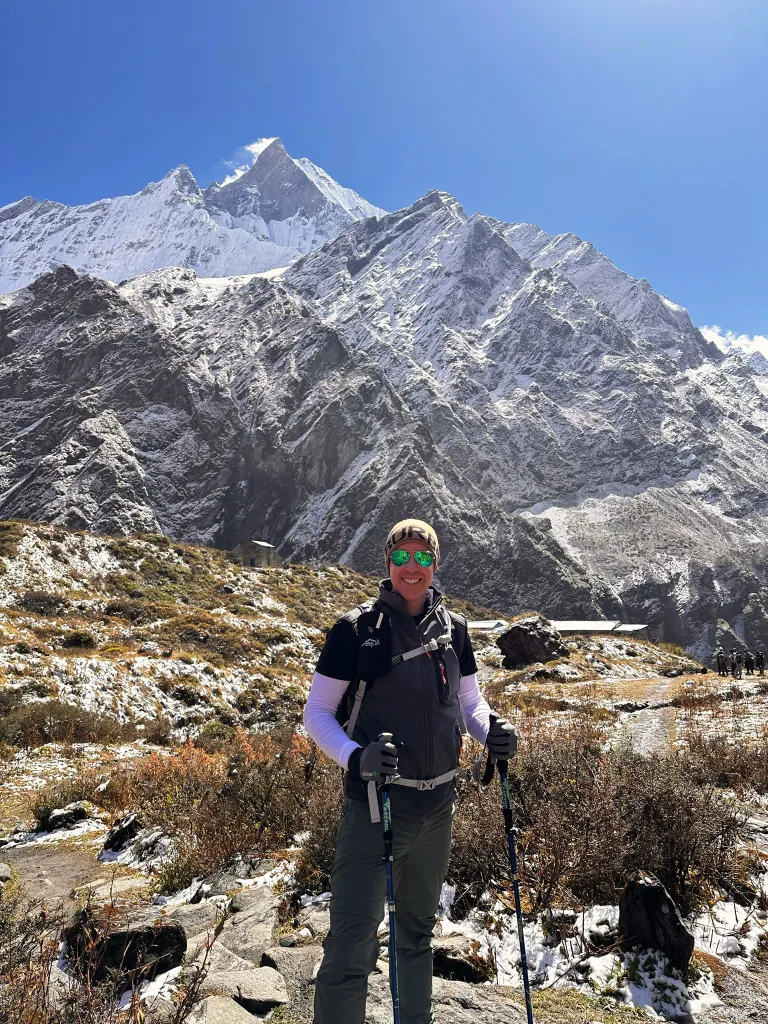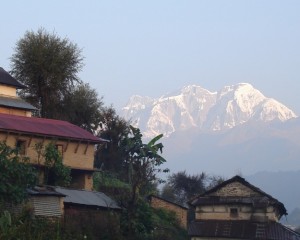5 Places to Visit in Lumbini
You are about to visit Lumbini. But are there any other places to explore? Lumbini is also known as the birthplace of Buddha, and visitors can explore quite a few places.
Lumbini is located in the Rupandehi District of Nepal. It is significant as the birthplace of Siddhartha Gautama, who later became known as Buddha, the founder of Buddhism.
Stay with us as we explore five different places to visit in Lumbini.
Best Places to Visit in Lumbini
Lumbini is a UNESCO World Heritage Site that provides a blend of historical and spiritual landmarks. In addition, the place is also known for its peaceful environment and spirituality that attracts different visitors from around the world.
Here is the detailed breakdown of the place below to make your Lumbini tour worth it:

Mayadevi temple
The Maya Devi Temples combine historical depth, spiritual atmosphere, and serene natural beauty. The Maya Devi Temple is the central attraction in Lumbini and is the exact spot where Siddhartha Gautama, who later became the Buddha, was born.
Located in the heart of the sacred Lumbini Garden, this temple is of immense religious significance and a UNESCO World Heritage Site.
The temple complex is a peaceful sanctuary that draws pilgrims to connect with the history of Buddhism. Inside the temple, a sandstone slab marks the precise birthplace of Buddha.
Surrounding the temple, the lush Lumbini Garden features ancient ruins, meditation spots, and serene water features for a peaceful environment for reflection and spiritual practice.
Ashoka Pillar
The Ashoka Pillar, erected by Emperor Ashoka in the 3rd century BCE, marks the birthplace of Buddha and serves as a historical monument in Lumbini.
This ancient sandstone pillar represents Ashoka's dedication to Buddhism after his conversion following the Kalinga War.
Rediscovered by Nepalese archaeologists in 1896, the pillar has inscriptions that celebrate Ashoka's pilgrimage to this sacred site. Its discovery reaffirmed the historical and spiritual importance of Lumbini. Located near the Maya Devi Temple, the Ashoka Pillar enhances the spiritual aura of the area and attracts visitors who want to know more about the history of Buddhism.

World Peace Pagoda
The World Peace Pagoda was constructed by Japanese Buddhists in the early 21st century. It is a striking white stupa that stands as one of the most renowned tourist attractions in Lumbini.
The magnificent structure, decorated with a golden Buddha statue, symbolizes peace and harmony and reflects Buddhism's universal teachings.
Situated within Lumbini's sacred precincts, the World Peace Pagoda enhances the spiritual landscape and embodies a global commitment to peace.
Lumbini Monastic Site
The Lumbini Monastic Site is a vibrant complex housing dozens of Buddhist monasteries. Each was constructed by different countries in their unique architectural styles. This international collection of monasteries creates a rich decoration of cultural and religious heritage.
Notable among these are the Myanmar Golden Temple, which dazzles with its intricate gold detailing; the Chinese Monastery, which exemplifies traditional Chinese architectural elegance; the German Monastery, which combines modern and traditional design; and the Thai Monastery, with its distinctive decorations and serene ambience.
Each monastery offers a unique glimpse into the architectural and spiritual traditions of its home country.
Lumbini Museum Site
The Lumbini Museum is located in the peaceful Lumbini Garden. It has over 12,000 artifacts like old books, metal statues, and ancient coins from long ago. When you visit, it feels like stepping back in time and discovering the story of Buddhism.
You can see how Buddhism has changed over the years through beautiful artworks and ancient relics. Each piece in the museum has its own story that shows the dedication and skill of the people who made them.
The museum is an important place to learn about Buddhism and its significance in the world. It's a library of Buddhist knowledge, keeping Lumbini's memory alive for many years to come.
To wrap up, Lumbini is the birthplace of Buddha and is a special place filled with history and spirituality. From the Mayadevi Temple to the World Peace Pagoda, and the monasteries at Lumbini Monastic Site, each spot tells a unique story about Buddhism.
With Nepal Vision Treks, exploring Lumbini becomes even more special. As you visit these places, you enjoy the peaceful surroundings and learn about Buddha's teachings of kindness and peace. Lumbini invites people from all over the world to connect with its spiritual heritage and spread its message of harmony.
FAQS






